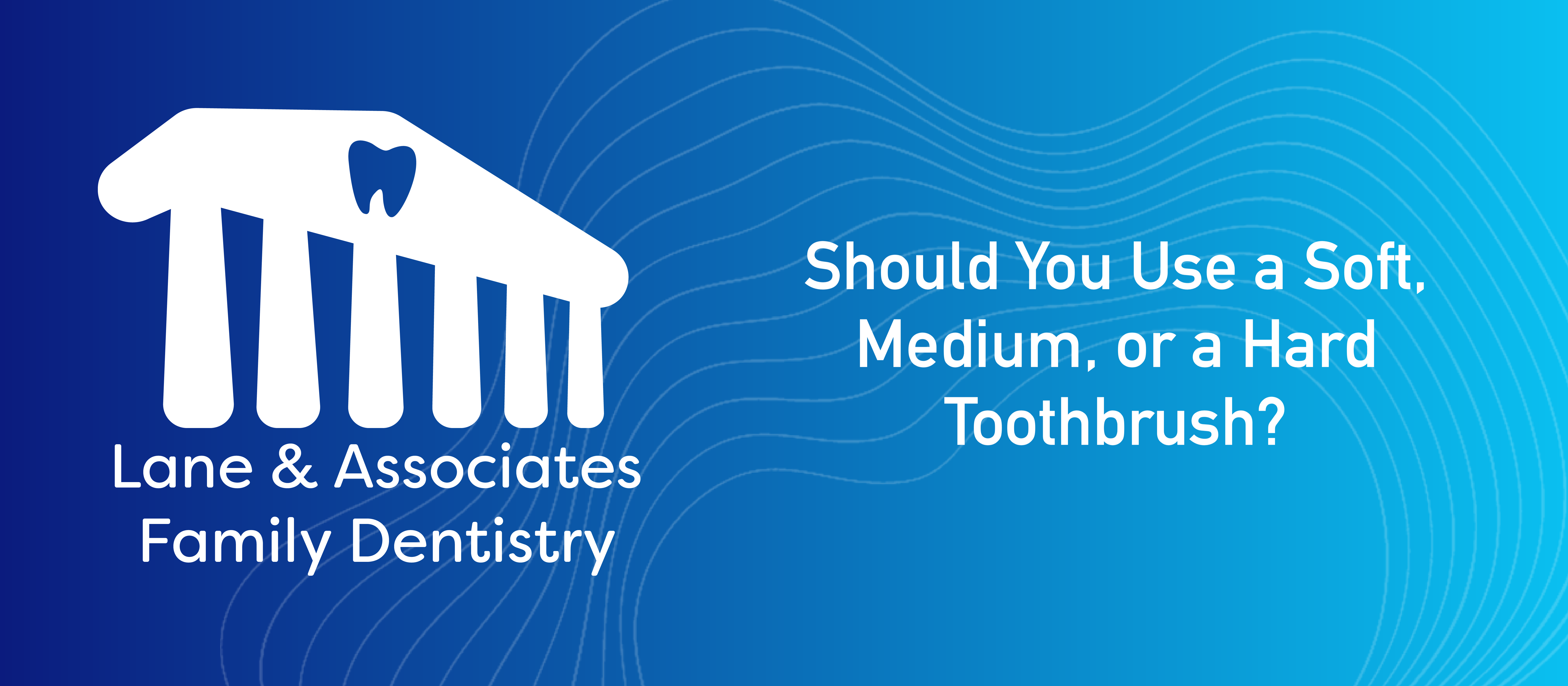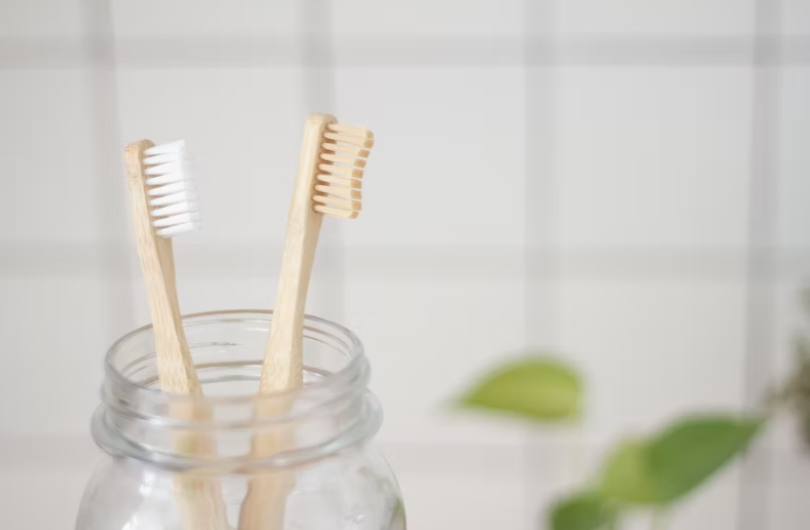
Walking down the dental care aisle can be overwhelming. You’re met with a wall of toothbrushes in every shape, size, and color imaginable. But beyond the fancy handles and brand names lies a crucial choice that directly impacts your oral health: the bristle firmness. Should you choose a soft, medium, or hard toothbrush? This decision is more than just personal preference; it’s a key factor in how effectively and safely you clean your teeth every day.
Making the right choice can protect your enamel, prevent gum recession, and ensure you’re removing plaque without causing harm. This guide will break down the differences between soft, medium, and hard bristles, helping you understand which one is the best fit for your smile.
The Great Bristle Debate: Soft vs. Medium vs. Hard
The American Dental Association (ADA) provides clear guidance on what to look for in a toothbrush, and bristle firmness is at the top of the list. Let’s explore the pros and cons of each type to understand why dental professionals have a strong preference.
Soft-Bristled Toothbrushes: The Professional’s Choice
When in doubt, a soft-bristled toothbrush is almost always the best option. The ADA specifically recommends using a soft-bristled brush because it is both safe and effective for the majority of people.
- Pros: The primary advantage of soft bristles is their gentleness. They are flexible enough to clean below the gumline and in between teeth without damaging sensitive gum tissue or wearing down tooth enamel. This makes them ideal for everyone, but especially for individuals with sensitive teeth or gums.
- Cons: Some people believe that soft bristles are less effective at removing stubborn plaque or surface stains. However, with the correct brushing technique, a soft-bristled brush is more than capable of thoroughly cleaning your teeth.
Medium-Bristled Toothbrushes: A Risky Middle Ground
Medium toothbrushes offer slightly firmer bristles. While some people feel they get a better clean from the added stiffness, this firmness comes with risks.
- Pros: The firmer bristles can feel more effective at scrubbing away plaque and food debris for people with healthy, non-sensitive teeth and gums.
- Cons: The biggest drawback is the potential for damage. It is easy to apply too much pressure with a medium brush, which can lead to enamel abrasion and gum recession over time. These issues can heighten tooth sensitivity and expose the softer, more vulnerable layers of your teeth.
Hard-Bristled Toothbrushes: A Hazard to Your Health
Hard-bristled toothbrushes are the firmest option available and are generally not recommended by dental professionals for daily use.
- Pros: While they are very effective at removing plaque, their benefits are heavily outweighed by the significant risks they pose to your oral health.
- Cons: Hard bristles are highly abrasive. Aggressive brushing with a hard toothbrush can severely damage tooth enamel, the protective outer layer of your teeth. It can also cause significant gum recession, exposing the tooth’s root and leading to severe tooth pain caused by sensitivity.
Why Brushing Too Hard is a Problem
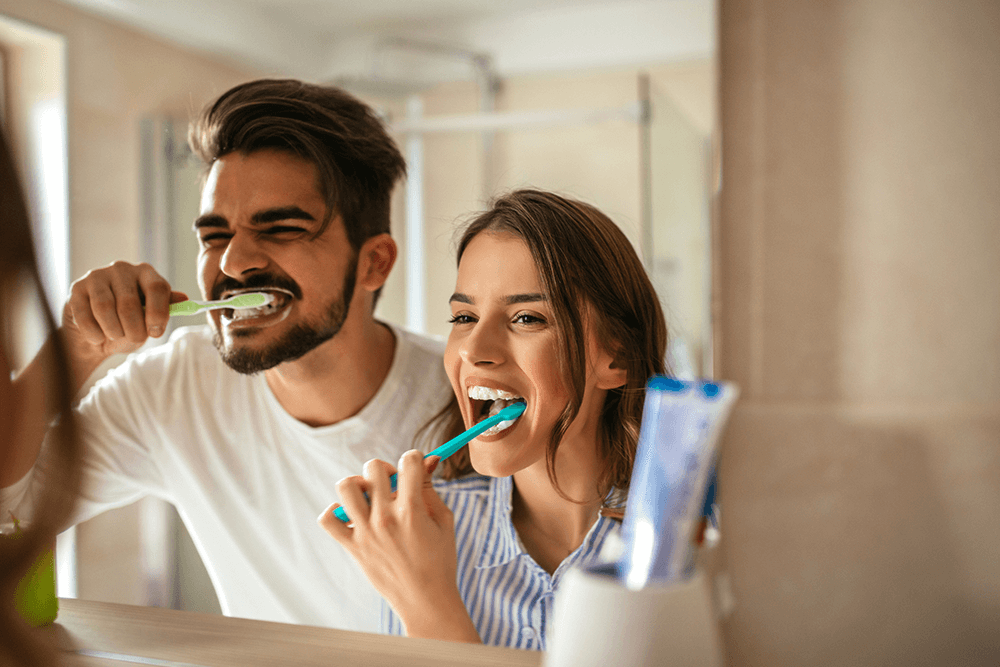
Regardless of bristle type, one of the biggest mistakes people make is brushing too aggressively. Many believe that a vigorous scrub is necessary for a deep clean, but the opposite is true. According to the ADA’s guide on brushing your teeth, a gentle approach is all that’s needed.
Your goal is to remove plaque, which is a soft, sticky film of bacteria. It doesn’t require force to dislodge. Brushing too hard can lead to:
- Enamel Erosion: Once enamel is worn away, it cannot be regenerated. This leaves your teeth vulnerable to decay and sensitivity.
- Gum Recession: Pushing your gums back exposes the tooth roots, which are not protected by enamel and are highly sensitive.
- Increased Sensitivity: Both enamel erosion and gum recession contribute to painful sensitivity to hot, cold, sweet, or acidic foods and drinks.
How to Choose the Best Toothbrush for You
The ADA offers comprehensive guidance on selecting toothbrushes. Beyond bristle firmness, here are a few other factors to consider when making your choice.
- Look for the ADA Seal of Acceptance: This seal indicates that the toothbrush has been independently evaluated by scientific experts and proven to be safe and effective.
- Consider Head Size: The toothbrush head should be small enough to comfortably reach all areas of your mouth, including the back molars, which are often difficult to clean. A head that is a half-inch wide and one inch tall is typically a good fit for most adults.
- Manual vs. Electric: Both manual and powered toothbrushes can be effective. Electric toothbrushes can be a great option for people with dexterity issues or those who tend to brush too hard, as many models have built-in pressure sensors.
- Ask Your Dentist: Your dentist or dental hygienist is your best resource. They understand your unique oral health needs and can provide a personalized recommendation on the best toothbrush and oral hygiene routine for you.
Proper Brushing is More Important Than a Powerful Brush
Choosing the right tool is only half the battle. Using it correctly is what truly matters. Remember to:
- Brush for Two Minutes, Twice a Day: This ensures you have enough time to clean every surface of every tooth.
- Use a Gentle Touch: Hold your brush at a 45-degree angle to the gums and use short, gentle, tooth-wide strokes.
- Replace Your Toothbrush Regularly: The ADA recommends getting a new toothbrush every three to four months, or sooner if the bristles become frayed. A worn-out toothbrush is not effective.
The Final Verdict on Toothbrush Firmness
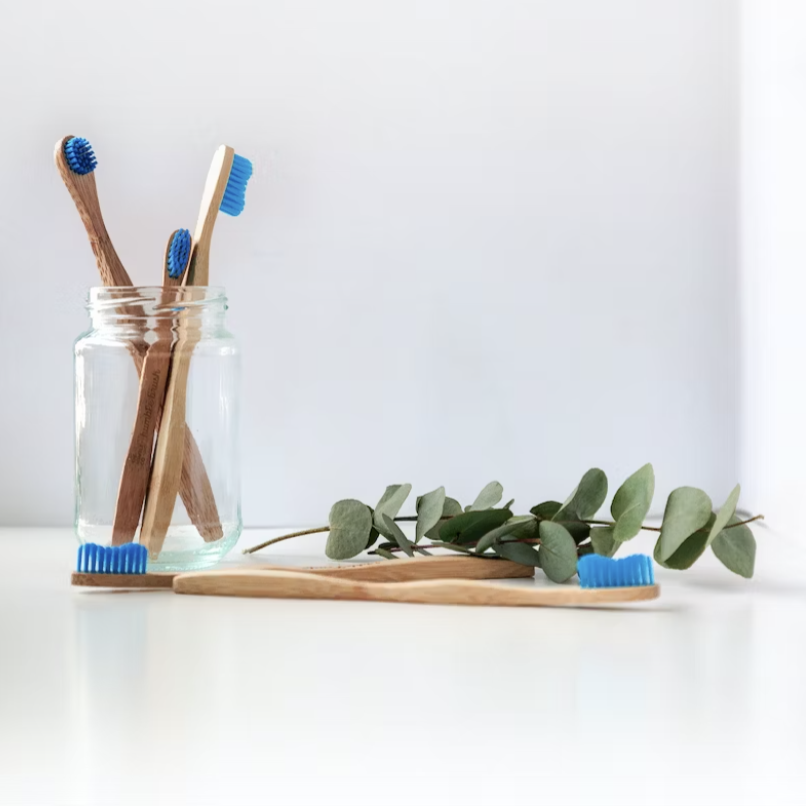
For the vast majority of people, a soft-bristled toothbrush is the safest and most effective choice for daily oral hygiene. It cleans thoroughly without putting your enamel and gums at risk. While medium and hard brushes might feel more powerful, the potential for long-term damage makes them a risky choice.
By pairing a soft-bristled brush with the proper technique and committing to regular dental check-ups, you can maintain a healthy, beautiful smile for a lifetime.
Equally important to daily brushing and flossing are regular professional dental cleanings. Dental cleanings remove hardened plaque (tartar) that even the best brushing and flossing can’t reach, helping to prevent cavities and gum disease. These cleanings allow your dentist or hygienist to detect early signs of problems and keep your mouth healthy year-round. For optimal oral health, schedule cleanings as recommended by your dental team and maintain consistent brushing and flossing at home.
